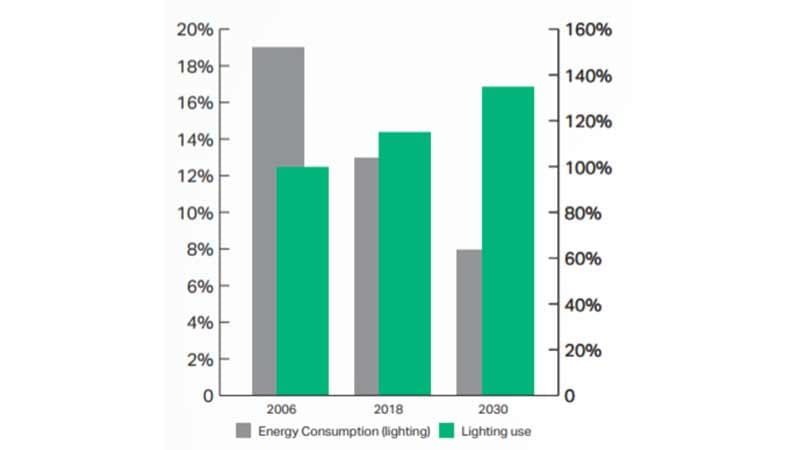December 05, 2019
Our Head of Global Public & Government Affairs, Harry Verhaar, makes the case for greater (and swifter) climate action
Conversations about the climate crisis play out very differently today than they would have just ten years ago. Thanks to the efforts of the UN, organisations such as The Climate Group, the media, and, not least, a group of educated and vocal Gen-Zers, public debate has become much more widespread and far more demanding. Climate has taken its place as the most pressing issue on the agenda of many of the world’s governments.
Outside of a few dwindling pockets of naysayers, human-effected climate change is no longer up for debate. Amid public outcry at the burning Amazon, an area of forest the size of the Netherlands has been devastated by forest fires in Siberia.
And in Greenland, the delicate balance has been distorted, and currently around 300 megatons of extra meltwater are released each year from declining glaciers. That’s equivalent to 40 years’ worth of drinking water for today’s world population, in one year alone.

The Climate Group is driving a series of first-class programmes; among them, the LED Light Savers program, RE100, EV100; and, from the World Green Building Council, the Net Zero Carbon Buildings program. These initiatives turn talk into action and have Signify’s unequivocal backing.
We can ensure the climate neutrality ambition delivers results by following the 10/20/70 rule. That means spending:
The payoffs of investing in sustainable technology are significant and more immediate than one might think. Some people once thought it impossible to phase out the incandescent light bulb. In 2006, when we called for such a transition, lighting accounted for 19% of global electricity use.
Since then, the lighting sector has gone through one of the fastest transitions we have ever seen. By 2018, electricity consumption had fallen to 13% and by 2030, it will be just 8%. At the same time, the number of light points is on the rise, and by 2030, there will be about 35% more.

Signify (Euronext: LIGHT) is the world leader in lighting for professionals, consumers and the Internet of Things. Our Philips products, Interact systems and data-enabled services, deliver business value and transform life in homes, buildings and public spaces. In 2023, we had sales of EUR 6.7 billion, approximately 32,000 employees and a presence in over 70 countries. We unlock the extraordinary potential of light for brighter lives and a better world. We have been in the Dow Jones Sustainability World Index since our IPO for seven consecutive years and have achieved the EcoVadis Platinum rating for four consecutive years, placing Signify in the top one percent of companies assessed. News from Signify can be found in the Newsroom, on X, LinkedIn and Instagram. Information for investors is located on the Investor Relations page.
